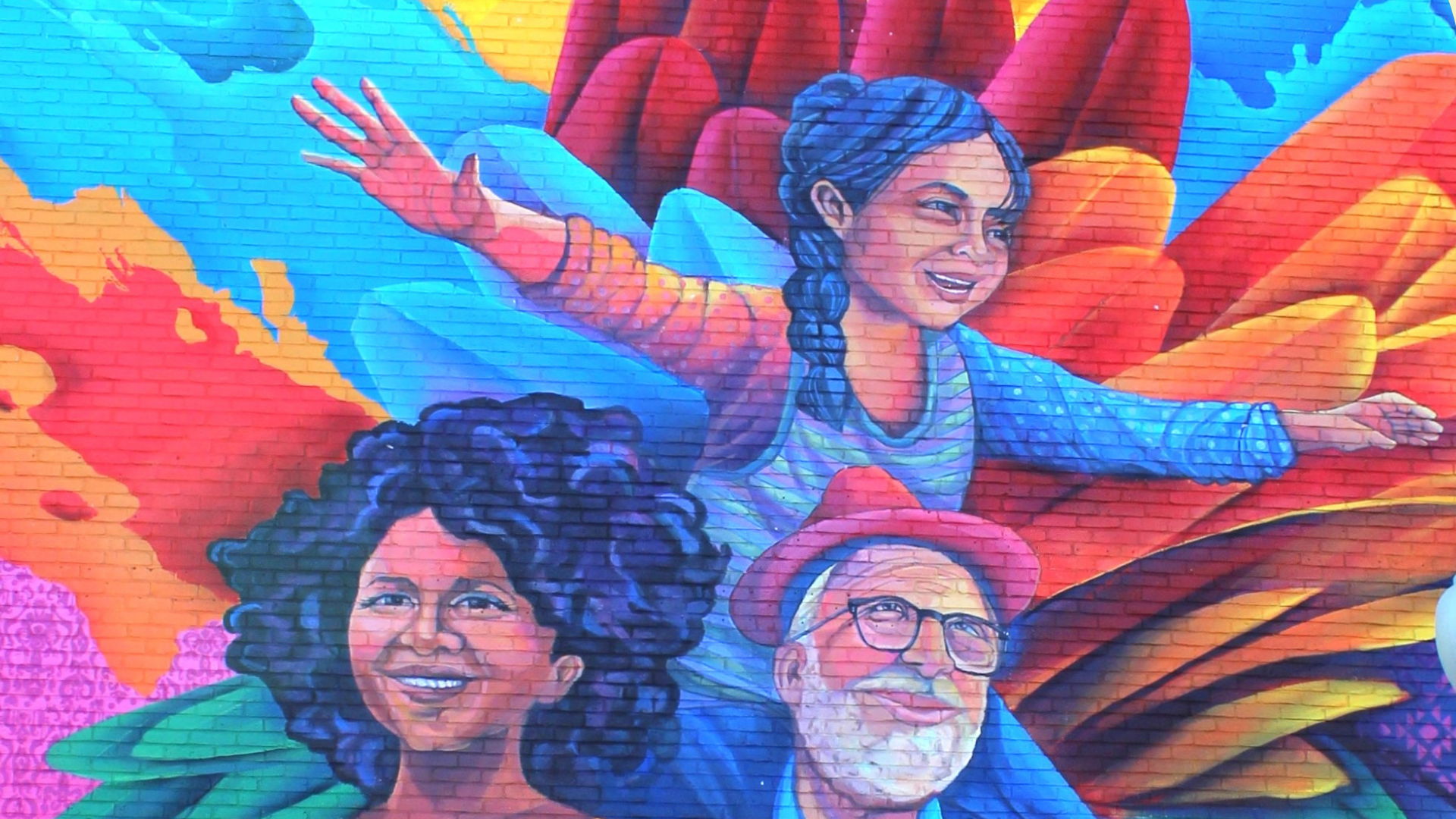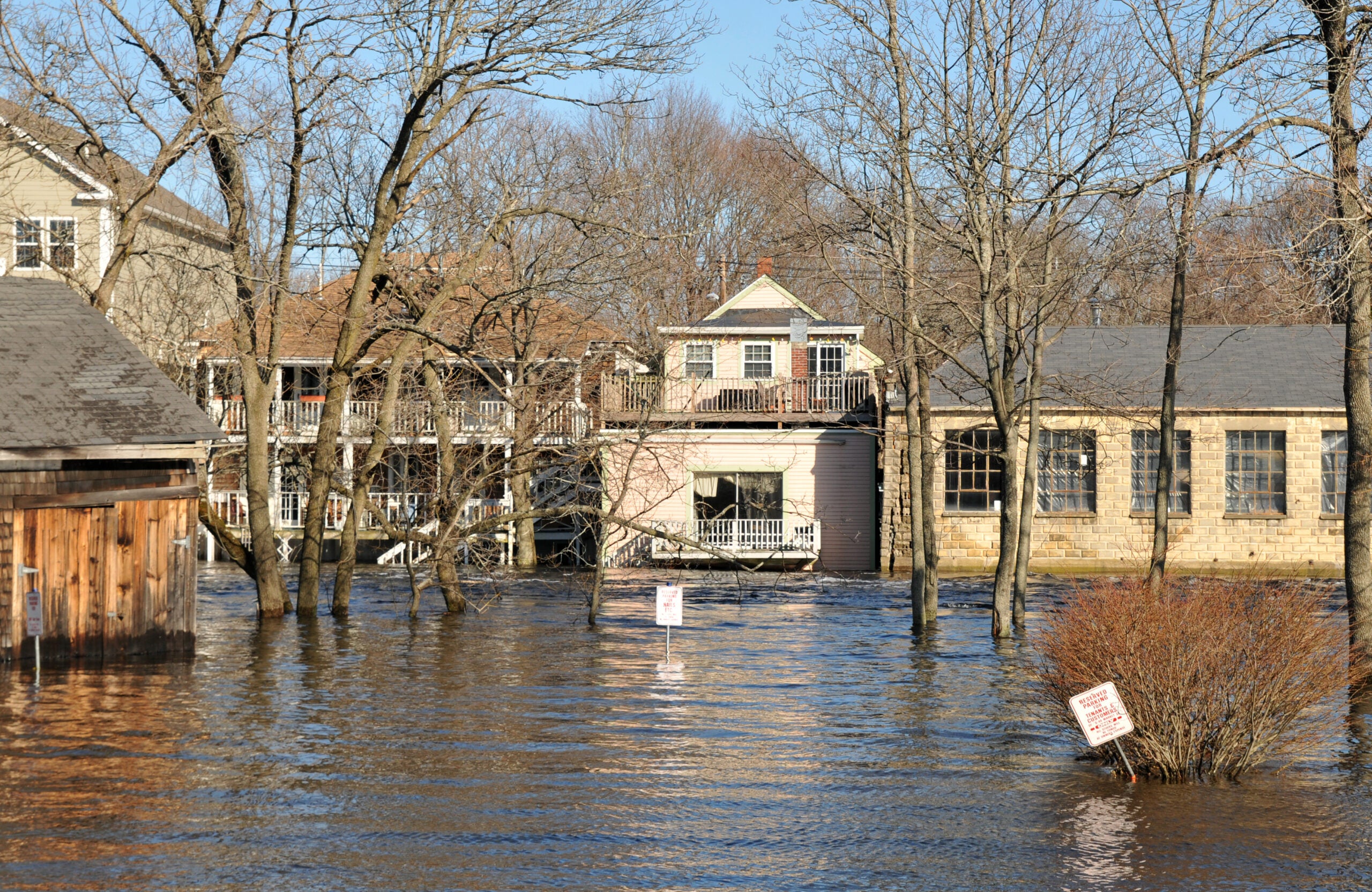New Paper: Energy Insecurity Indicators Associated With Increased Odds Of Respiratory, Mental Health, And Cardiovascular Conditions
Energy insecurity, defined as the inability to meet household energy needs, has multiple economic, physical, and coping dimensions that affect health. We conducted the first citywide representative survey of energy insecurity and health in a sample of 1,950 New York City residents in 2022. We compiled ten indicators that characterize energy insecurity as experienced in New York City housing settings and then examined associations between number and types of indicators and health conditions. Nearly 30 percent of residents experienced three or more indicators, with significantly higher levels among Black non-Latino/a and Latino/a residents compared with White non-Latino/a residents, renters compared with owners, recent immigrants compared with those living in the United States for longer, and those in households with children compared with those with no children. Residents with three or more indicators of energy insecurity had higher odds of respiratory, mental health, and cardiovascular conditions and electric medical device dependence than residents with no indicators. Our study demonstrates that broadening the understanding of energy insecurity with context-specific metrics can help guide interventions and policies that address disparities relevant to health and energy equity. Learn more about JPB Fellow Diana Hernandez’s research and find the full article here.


